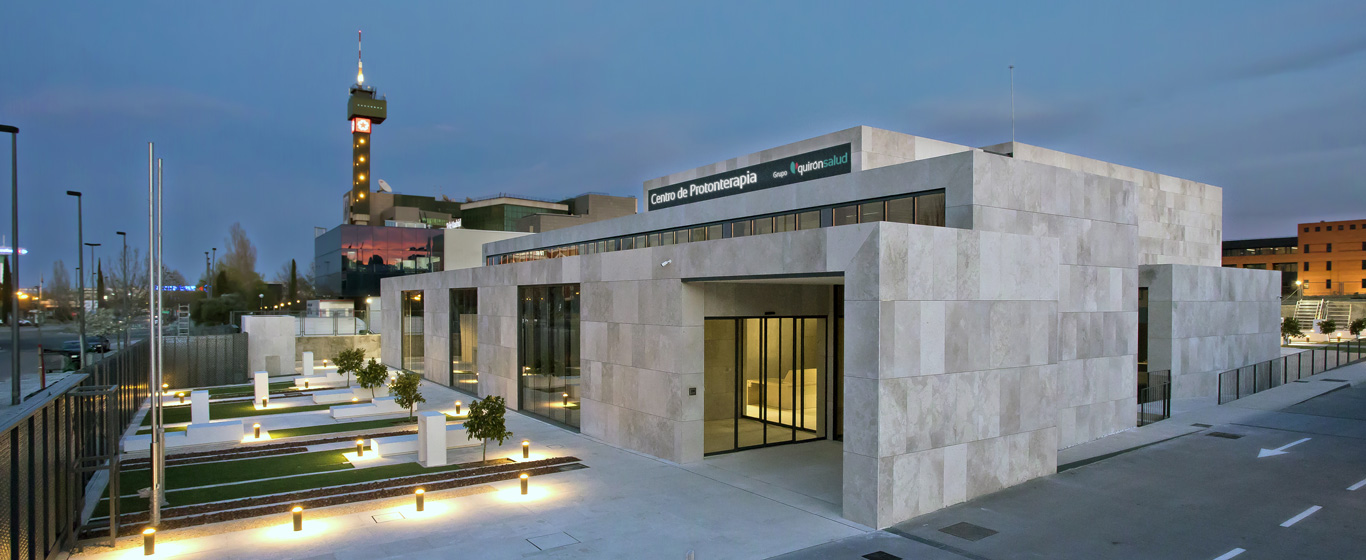Bronchoscopy
Bronchoscopy allows for the observation of the entire respiratory system, from the larynx to the lungs. Images are obtained using a long tube with a camera at the end, which is slowly inserted from the mouth into the bronchi.

General Description
Bronchoscopy is a medical procedure used to visualize the entire respiratory system: the lungs, airways (larynx, trachea, and bronchi), and lymph nodes located in the chest. During this test, tissue samples can also be taken for later analysis in the laboratory. In some cases, it serves as a treatment for certain conditions.
To perform this technique, a bronchoscope is used. Depending on the type of apparatus used, there are two types of bronchoscopy:
- Rigid Bronchoscopy: This was the first to be developed. It uses a hollow, rigid metal tube, so anesthesia is administered. It is currently mostly used in therapeutic procedures, when a biopsy (tissue sample collection) needs to be performed or when there is blood in the airways. In these cases, the bronchoscope is inserted through the mouth.
- Flexible Bronchoscopy or Fiberoptic Bronchoscopy: This is the one used in most cases. It is performed with a flexible tube about five millimeters in diameter, which, due to its better adaptation to anatomy, does not require anesthesia. It has the ability to reach even the smaller bronchi. The device can be inserted through the nose or the mouth.
When is it indicated?
A bronchoscopy is necessary under the following circumstances:
- Persistent cough.
- Abnormalities detected in a chest X-ray.
- To determine the nature of a lung infection (tuberculosis, pneumonia).
- To detect a lung problem.
- To biopsy and determine if cancerous cells (lung cancer) are present.
- To clear airways obstructed by a foreign object, excessive mucus, inflammation, or a tumor.
- To collect mucus or tissue samples for analysis.
- To stop bleeding.
- To correct a stenosis (narrowing) in the airways.
- To treat a pneumothorax (lung collapse).
- To monitor lymph nodes in the chest in patients with lung cancer.
How is it performed?
Bronchoscopy is a minimally invasive procedure that may require anesthesia, but it is performed on an outpatient basis. Therefore, the patient can return home after the procedure, following a short recovery time.
- Fiberoptic Bronchoscopy: The patient lies on their back, and a sedative is administered to help them relax. A local anesthetic is applied to the throat to reduce discomfort and prevent gagging. If necessary, the anesthetic is also applied to the nostrils. The specialist slowly introduces the bronchoscope until reaching the lungs and bronchi.
- Rigid Bronchoscopy: Once the patient is asleep with general anesthesia, their head is tilted back to keep the neck extended. A catheter is then placed in the trachea (endotracheal tube) to facilitate breathing during the procedure, and the bronchoscope is inserted from the mouth into the trachea and slowly into the bronchi.
In both cases, if the procedure includes a biopsy, the brush or forceps for sample collection are passed through the bronchoscope. In these cases, or when an item blocking the airways needs to be removed, a fluoroscope (an X-ray device) is typically used on the patient's chest to guide the doctor using the images.
Risks
Complications from bronchoscopy are rare, although the risk increases in patients with diseases that have deteriorated the airways or in the presence of inflammation. Side effects from anesthesia may also occur.
When they do occur, they usually include:
- Bleeding that resolves on its own in a short time, typically if a biopsy was performed.
- Fever.
- Perforation of an airway, causing a lung collapse.
- Pulmonary infection.
- Hoarseness.
What to expect from a bronchoscopy
Before starting the procedure, the patient must sign an informed consent form. Then, they must wear the gown provided by the medical center and remove jewelry, glasses, contact lenses, and dentures.
It is common for a chest X-ray to be taken before and after the bronchoscopy, especially if the procedure is therapeutic.
- Flexible Bronchoscopy: Some discomfort may be felt, such as gagging when the bronchoscope is introduced through the mouth. However, even though the patient is awake, sedation prevents them from being fully aware of the procedure.
- Rigid Bronchoscopy: The patient remains asleep throughout the procedure and wakes up in the recovery area.
Depending on the reason for the procedure and the patient’s physical characteristics, a bronchoscopy can last between 30 and 60 minutes. The recovery time is between 1 and 3 hours. During this time, it is normal to experience difficulty swallowing, even saliva, and a bitter taste caused by the anesthesia.
It is advisable to come accompanied, as driving is discouraged for the hours following the bronchoscopy. Smoking is also contraindicated until at least one day after the procedure. This may be a good time to quit smoking permanently.
It is normal to feel tired, have dry mouth, hoarseness, and muscle aches in the days following the procedure. If a biopsy was performed, blood may be found in the sputum.
The patient should urgently consult a doctor if they experience fever lasting more than 24 hours, difficulty breathing, chest pain that worsens over time, or if they cough up large amounts of blood.
Results are usually explained in a follow-up consultation a few days later, typically within a week if a lung biopsy was performed.
Specialties in which a bronchoscopy is requested
Bronchoscopy is a common technique in pulmonology and thoracic surgery specialties. The analysis of the samples taken for a biopsy is carried out in the laboratory by specialists in pathology.
How to prepare
On the day of the test, the patient must come on an empty stomach. It may be necessary to suspend certain medications, especially anticoagulants, several days before the bronchoscopy.
It is recommended not to wear makeup.






























































































